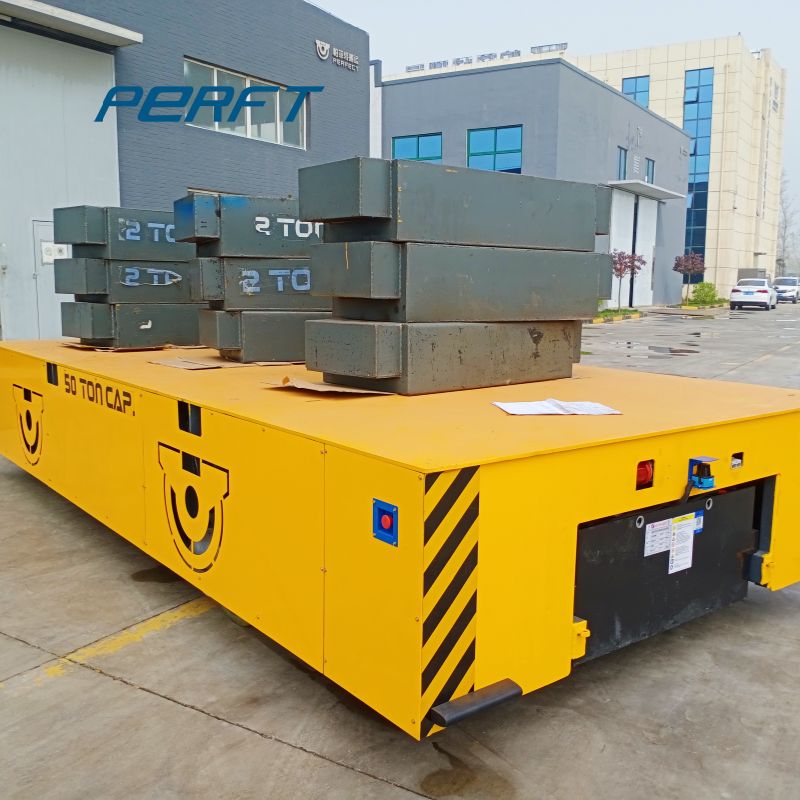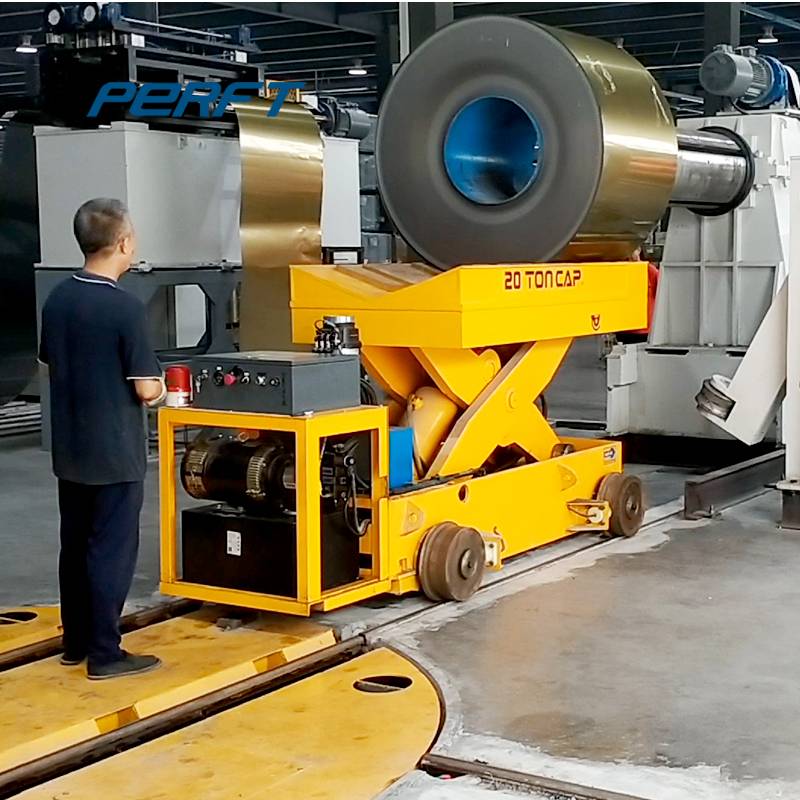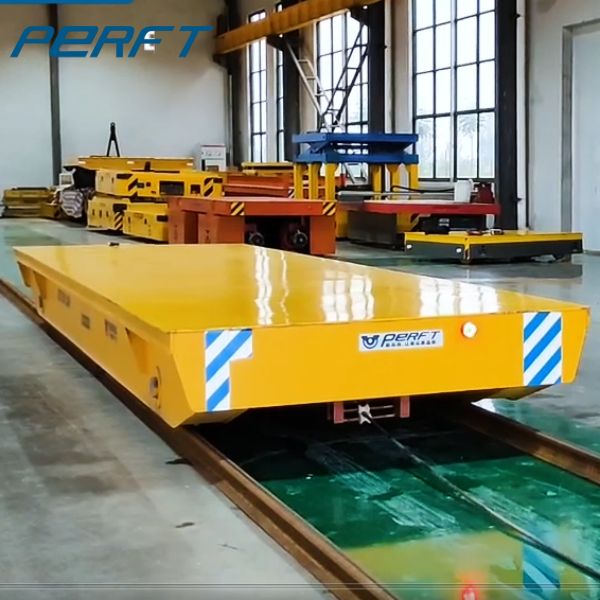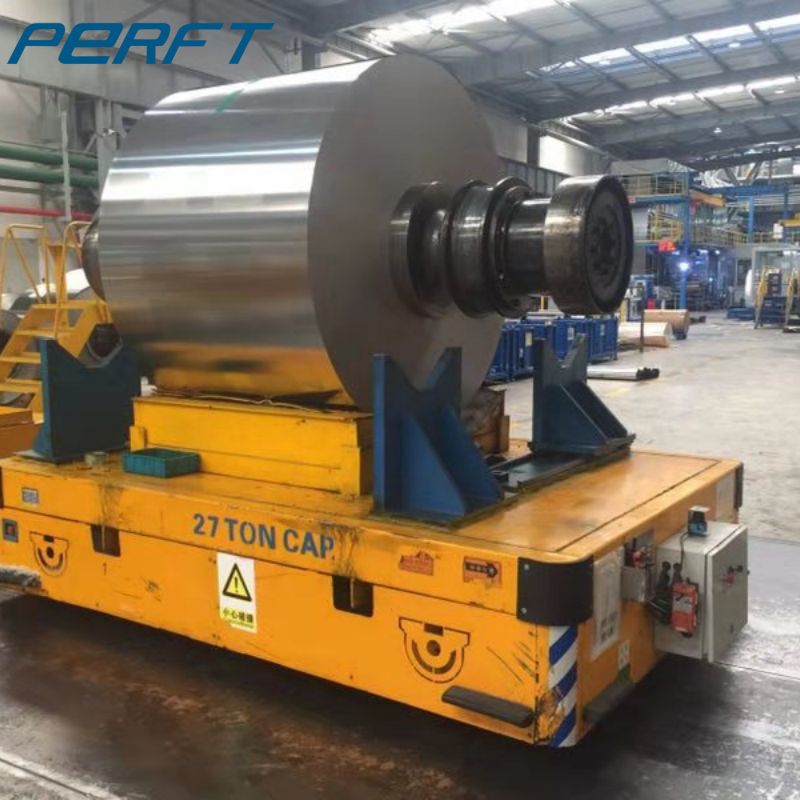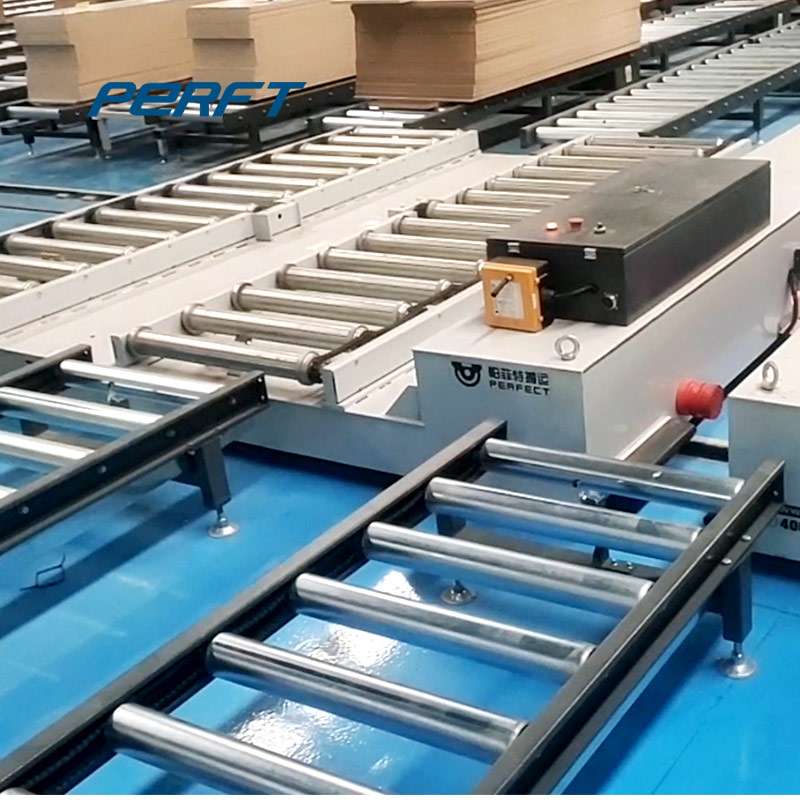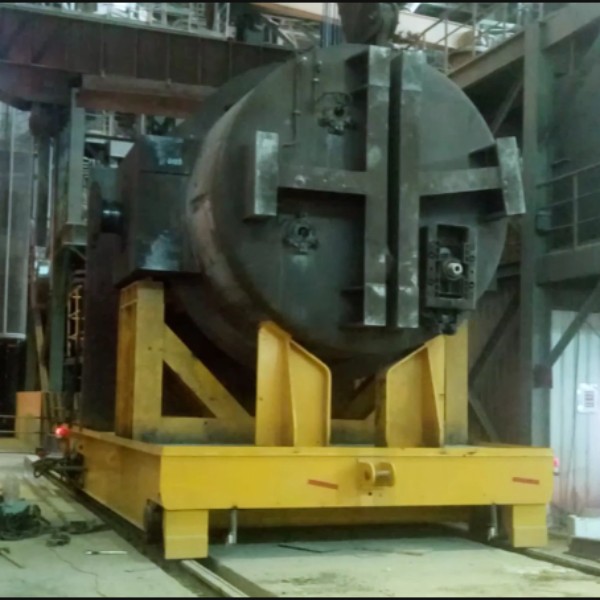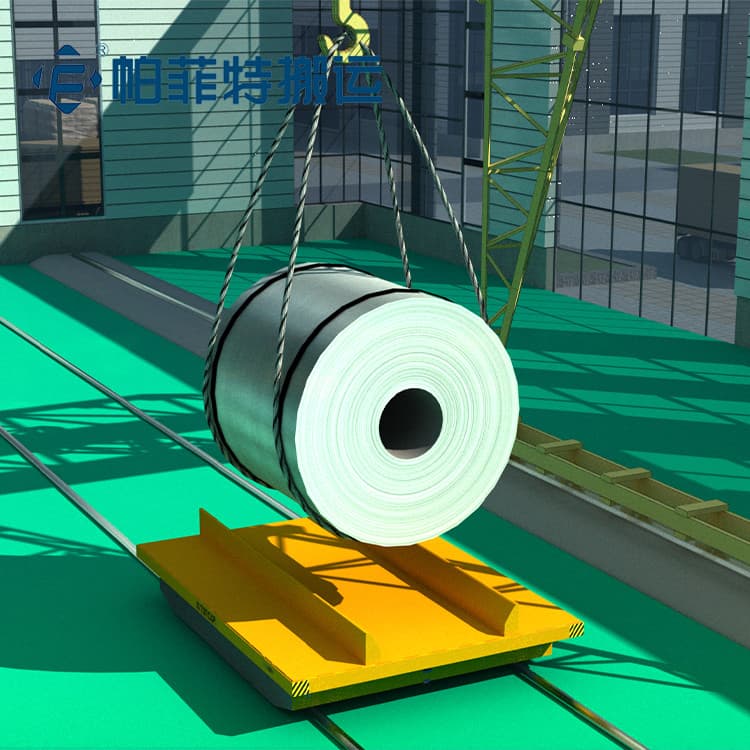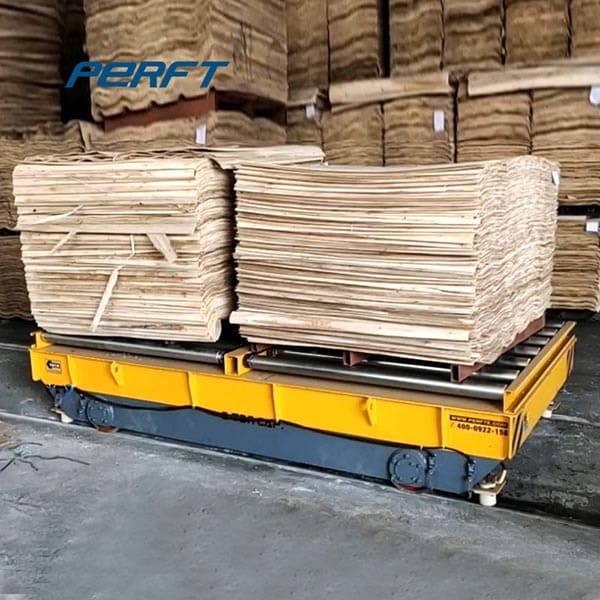Heavy Duty Transfer Carts
Heavy-duty transfer carts are increasingly used, and material handling is important in many different industries. These durable and adaptable pieces of machinery are made to move huge loads about a facility, offering a practical and economical option. This article will examine the characteristics, uses, advantages, and factors to be thought about while using heavy-duty transfer carts. It will also include safety, maintenance, and use advice. Let’s explore the world of heavy-duty transfer carts and see how they can transform the way that materials are handled.
1. What is a heavy-duty transfer cart
To move big goods across a plant, heavy-duty transfer carts are specialist material-handling vehicles. A strong steel frame, wheels or tracks, and a powered or manual propulsion system are the typical components. These carts are capable of supporting significant weight capacities and can be tailored to meet specific load needs. Heavy-duty transfer carts are a great option for many industries because of their durability, dependability, and improved maneuverability.
2. Applications of heavy-duty transfer carts
A wide range of businesses, including manufacturing, warehouses, logistics, and construction, use heavy-duty transfer carts. They are frequently employed for:
- Transferring finished goods or raw materials between production line stages.
- Carrying around large machinery or equipment within a building.
- assisting with the movement of heavy, oversized products inside warehouses.
- Helping with loading and unloading duties, such as in ports or in shipping yards.
- Offering a transportable platform to assist assembly or maintenance operations.
- Enhancing the effectiveness of physical labor-intensive material handling processes.
3. Advantages of utilizing sturdy transfer carts
Businesses might profit from using heavy-duty transfer carts in a variety of ways.
a. Greater effectiveness: Material handling procedures are streamlined with the use of heavy-duty transfer carts, resulting in less downtime and higher output. They replace the need for manual labor or heavy machinery by enabling faster and more effective transportation of heavy goods.
b. Improved safety: These carts are equipped with braking systems, safety rails, and alarms to ensure that goods are transported securely. Heavy-duty transfer carts make the workplace safer by lowering the chance of accidents and injuries.
c. Versatility: Different load sizes, shapes, and weights can be accommodated by customizing heavy-duty transfer carts. For specialized purposes, they can be fitted with equipment like cranes or lifts. Due of their adaptability, the carts can be customized by enterprises to meet their specific needs.
d. Cost-effectiveness: Heavy-duty transfer carts help to reduce costs over time by automating material handling procedures and decreasing the need for manual labor. The enhanced operational performance and lower labor expenses are directly related to increased productivity and efficiency.
4. Types of heavy-duty transfer carts
Different varieties of heavy-duty transfer carts are available, each of which is made to meet particular needs in terms of material handling. Typical types include:
a. Rail-guided transfer carts: These carts have wheels that move along fixed rails inserted into the flooring. They are appropriate for conveyor systems or assembly lines because they provide accurate and controlled movement along a preset path.
b. Battery-powered transfer carts: Rechargeable batteries power these carts, making them a versatile and portable option for moving heavy items. They are frequently employed in factories and warehouses since they can maneuver through small places.
c. Die transfer carts: Die transfer carts are used to move bulky dies or molds that are utilized in the production of automobiles and are specifically made for the automotive industry. To guarantee the secure and effective transportation of these large components, they are designed with strong frames and specialized features.
d. Coil transfer carts: When big coils need to be transported, such as in the steel and metal processing industries, coil transfer carts are used. These carts contain cradles or arms that may be adjusted to hold the coils safely during transport, reducing the possibility of damage.
e. Flatbed transfer carts: Flatbed carts offer a flexible platform for moving a variety of goods and materials. They have a flat surface free of any attachments, making it simple to load and unload cargo.
5. Considerations when choosing a heavy-duty transfer cart
Consider these aspects when choosing a heavy-duty transfer cart for your unique needs:
a.Load capacity: Find out the maximum weight that can be carried by your heaviest loads. Verify that the cart of choice can transport the projected weight without endangering safety or performance.
b. Maneuverability: Take into account the design and space limitations of your facility. Select a transfer cart that is the right size and has the characteristics you need for easy navigating through doors, around corners, and down narrow aisles.
c. Power source: Choose a cart that best fits your operational needs by considering whether it is battery-powered or manually propelled. Manual carts are better suited for shorter distances or sporadic use, while battery-powered carts give greater flexibility and autonomy.
In order of importance, give safety features like brakes, emergency stop buttons, and obstacle detection systems to carts. These characteristics increase workplace security and reduce accidents.
Examine the transfer cart’s customization options to see if they may be altered to handle particular load sizes or attachments that you require for your operations. Customization guarantees the best performance and effectiveness.
6. How to use a heavy-duty transfer cart
A heavy-duty transfer cart operator needs to be properly trained and follow safety procedures. Following are some general suggestions:
a. Become familiar with the cart’s controls and features. Recognize safe starting, stopping, and movement techniques.
b. Check the cart for any damage or broken components before each use. Make sure the load is securely fastened and evenly distributed.
c. Adhere to any appropriate specified paths or routes inside your premises. For smooth mobility, place the wheels in line with the rails if the cart is rail-guided.
d. When driving the cart, keep it moving at a safe speed while taking the cargo weight, the terrain, and any nearby impediments into account.
e. Interact with coworkers and nearby pedestrians, notifying them of your presence using signals or horns.
f. Consistently check and maintain the cart in accordance with the manufacturer’s instructions. This entails lubricating moving parts, testing the batteries, and replacing worn-out parts.
7. Maintenance and safety tips for heavy-duty transfer carts
Regular maintenance and respect for safety regulations are essential for ensuring the longevity and secure operation of heavy-duty transfer carts.
a. Keep the cart tidy and free of anything that could obstruct it from working properly. Check and maintain the braking system, tracks, and wheels on a regular basis.
b. Examine the electrical parts, including the wiring and batteries, to make sure they are in good shape. Replace any worn-out or broken components right away.
c. Provide operators with training on safe practices, maintenance procedures, and appropriate cart usage. Stress the value of adhering to rules and reporting any problems or concerns.
d. Regularly inspect the cart for safety issues, making sure to look for any loose or broken parts, functional safety features, and any wear and tear.
e. Promote awareness, offer suitable personal protective equipment, and hold frequent safety training sessions to foster a safety-first culture.
f. In the event of any mishaps or events involving the cart, look into the situation and deal with the underlying issue to stop it from happening again. Apply corrective actions after learning from close calls.
8. Common challenges with heavy-duty transfer carts
Although heavy-duty transfer carts provide many benefits, they could also run into some problems. Being aware of these difficulties can help reduce potential problems. Typical problems include:
a. Uneven or rugged terrain: Transfer carts may have trouble navigating across these types of terrain. This difficulty can be reduced by selecting a cart with the appropriate wheels or tracks.
b. Limited space or narrow aisles: Using transfer carts in spaces with little room or tight aisles may be difficult. Planning effectively can assist resolve this problem by optimizing the layout or adopting smaller, more maneuverable carts.
c. Overloading or inappropriate load distribution can cause instability or damage by exceeding the cart’s weight limit or dispersing the load incorrectly. Always follow load capacity regulations and make sure the weight is distributed evenly.
d. Insufficient operator training can lead to unsafe operation, mishaps, and damage to the cart or the items being conveyed. To guarantee that operators are knowledgeable about cart operation and safety procedures, invest in thorough training programs.
e. Heavy-duty transfer carts need routine maintenance, just like another piece of equipment, which could result in brief downtime.
9. Future trends in heavy-duty transfer cart technology
Future transfer cart technology will be influenced by a number of trends:
a. Automation and robotics are integrated into transfer carts to offer cutting-edge features like remote monitoring, autonomous navigation, and obstacle recognition. These innovations boost productivity and lessen the need for human involvement.
b. IoT connectivity and data analytics: Transfer carts with IoT sensors and connectivity can offer real-time data on operation, usage, and upkeep requirements. To optimize operations, forecast repair needs, and boost overall effectiveness, this data can be evaluated.
c. Energy efficiency and sustainability: Environmental awareness has increased, and energy efficiency, such as the use of more energy-efficient motors, regenerative braking systems and environmentally friendly battery technology for handling trucks, has become more important.
d. Technology integration: The integration of transfer carts with other technologies such as robotic arms, conveyor systems and warehouse management systems streamlines material handling procedures and updates more efficient workflows.
e. Enhanced safety features, Such as more accurate sensors, collision avoidance systems and real-time monitoring to ensure greater safety to avoid accidents.
Heavy-duty transfer carts are crucial equipment in the realm of material handling, to sum up. They are indispensable in a variety of industries thanks to their durable design, adaptability, and capacity for carrying big loads. Businesses can maximize their material handling by selecting a suitable cart, adhering to proper operating practices, and placing maintenance and safety first.
